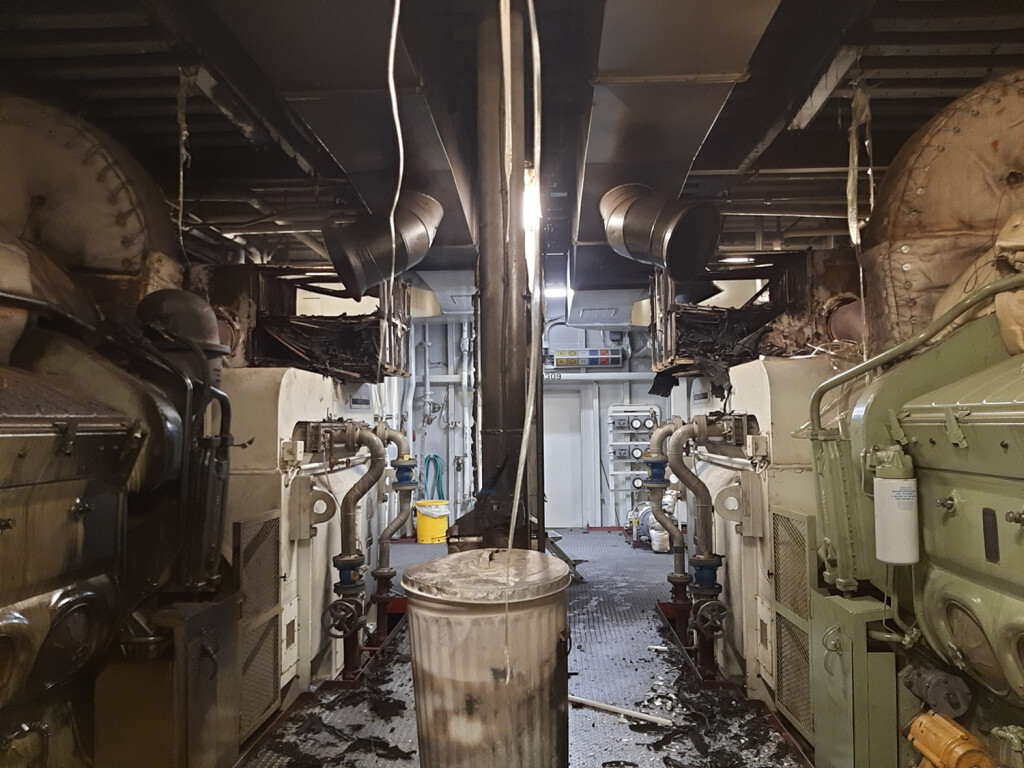At today’s modern shipyards there can be a variety of daily tasks, running the gamut across industrial and marine. Staying on top of safety is a full-time job and details are critical. You can manage it efficiently using simple check lists. Here are a few examples from a local yard we work with.
On the marine side:
- Station bills: Are they relevant? If not, rewrite them.
- Wheelhouse: All house lights, spotlights, running lights and deck lights; no hitches in the steering function or throttle function; fuel; check all instruments.
- Engine room: All safety equipment, including safety glasses, hard hats, safety gloves, hearing protection, non-slippery decking, flashlights, fire extinguishers. Check all fluid levels and heat and shaft shielding.
- Charts: Are they up to date? Don’t rely too much on electronics to the point where we can’t even find our charts. Channel markers are often updated and moved. Your GPS may need updating as well as your charts.
On the dry side:
- Company vehicles: Tire pressure and wear, engine oil, lights and gauges. A complete safety check and a place to note unusual items including whether anything is broken or protruding.
- Fork trucks: Hydraulic fluid and all other fluids. Check the load lock (twice). Battery and safety equipment including fire extinguishers, also driver certification.
- User manuals: Are they handy and can you quickly refer to them in case you need to troubleshoot a problem with your electronics? Most user manuals have a toll-free number to call in case you need expert help to figure something out. You may need to make one of those calls when you’re at sea and have nobody else to help you.
- Paint rooms: All ventilation working; filters clean; respirator filters clean; all painters beard free and able to use coveralls, etc.; fire suppression systems checked.
- Welding shop: All safety equipment, including helmets, gloves, eyewash station, welding curtains, all gas bottles chained in and welder leathers available to all.
Nothing is too obvious or basic to appear on a check list. Having checklists and using them effectively are two separate things. Keep track of how your employees are using them to stay on top of both safety as well as maintenance. This can help keep your equipment in good shape as well as reducing claims.




